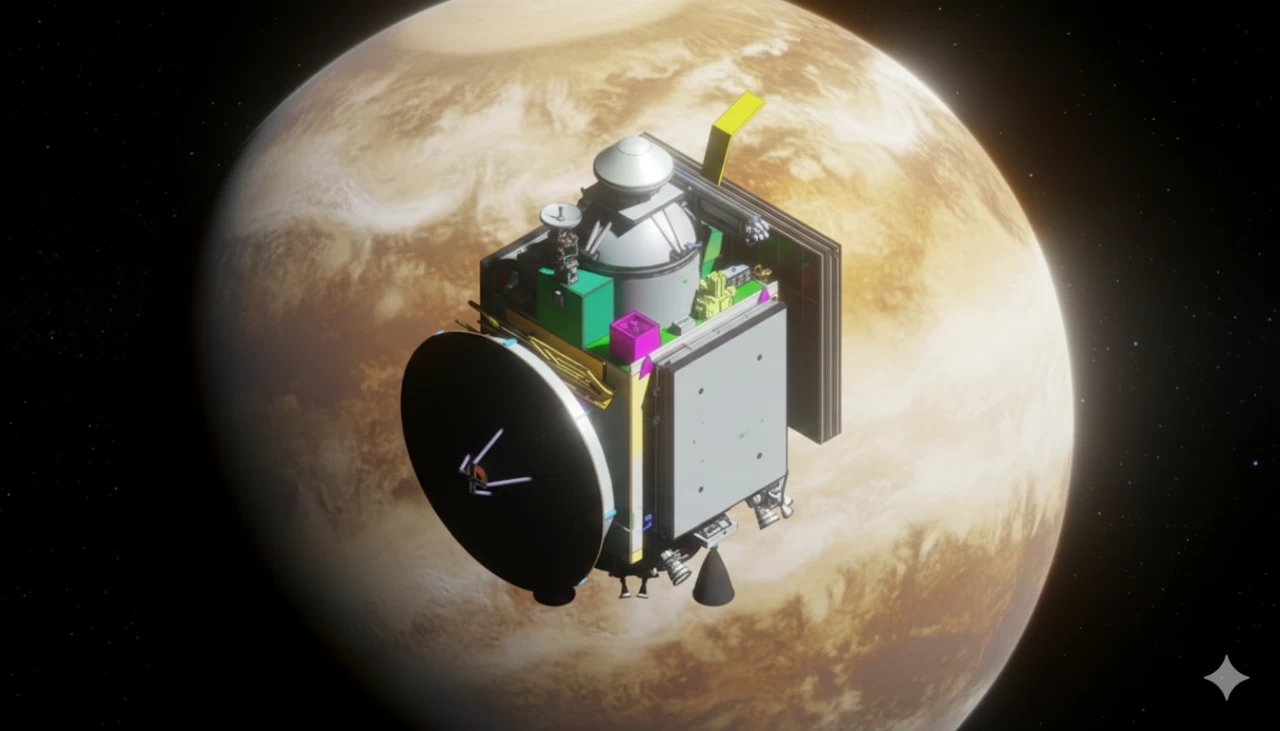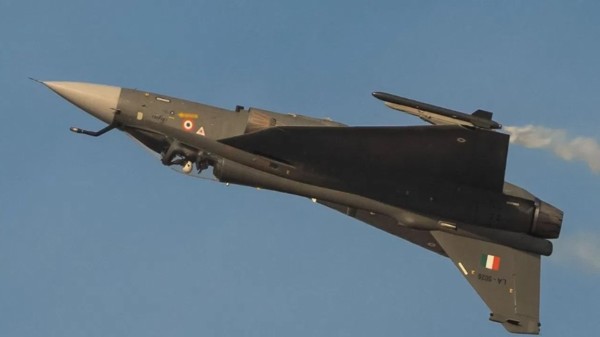

By signing in or creating an account, you agree with Associated Broadcasting Company's Terms & Conditions and Privacy Policy.


By signing in or creating an account, you agree with Associated Broadcasting Company's Terms & Conditions and Privacy Policy.

A new render for the Shukrayaan mission was revealed by M Shankaran, Director of the UR Rao Satellite Centre in Bengaluru, while calling for technical papers for the All India Technical Conference 2025. The renders depicted an atmospheric probe on top. The existence of such a probe was first revealed by the Minister for Railways, Information and Broadcasting, Electronics and Information Technology Ashini Vaishnav in September last year while announcing that the Union Cabinet had formally approved the Venus Orbiter Mission (VOM) or Shukrayaan, India’s first mission to Earth’s sister planet.
The Shukrayaan mission was approved with a budget of Rs 1,236 crore for realising the spacecraft as well as the ground systems to support the mission. Payloads from across the country are being shipped to the UR Rao Satellite Centre where the spacecraft will be assembled. ISRO is aiming to launch the VOM spacecraft in 2028. The atmospheric probe would descend through the atmosphere of Venus, continuing to relay information from the instruments for as long as possible. It may even manage to reach the surface, which is a hellish-high pressure environment with acid rains, where no spacecraft can be expected to survive for very long. ISRO has revealed 19 payloads planned for VOM.
With the VOM mission, ISRO hopes to better understand the complex chemistry of the Venusian atmosphere. The observations by the atmospheric descent probe is expected to provide additional context for the observations by the sophisticated suite of sensors on the orbiter, allowing scientists to better interpret the results from the orbiter. VOM is also equipped with a Synthetic Aperture Radar payload to peek through the thick atmosphere of Venus into the surface below. Venus has a runaway greenhouse gas effect in its atmosphere, and better understanding the Venusian atmosphere can help prevent or delay a similar fate from befalling the Earth in the future.








